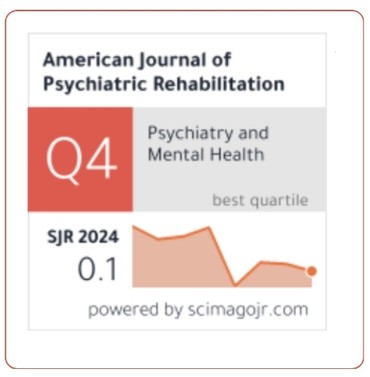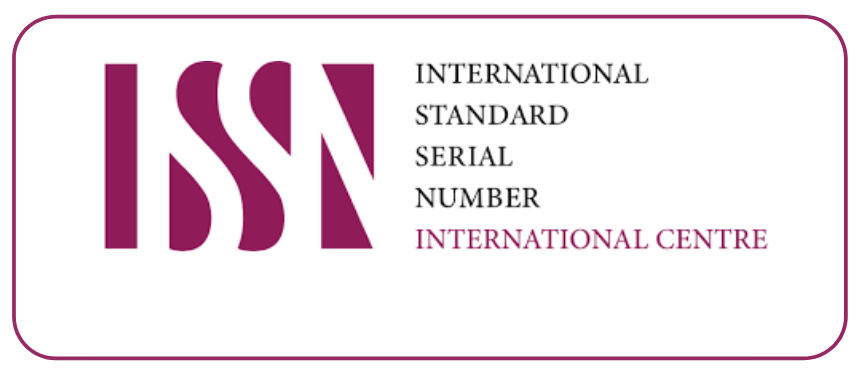A Study to Assess the Association of Duration of Smartphone Use with Sleep Quality and Cognitive Functioning in Undergraduate Medical Students
DOI:
https://doi.org/10.69980/ajpr.v28i5.435Keywords:
Sleep quality, Smartphone, Undergraduate Medical Students, Cognitive FunctionAbstract
Purpose: This cross-sectional study investigated the prevalence and effects of smartphone usage patterns on sleep quality and cognitive functioning among undergraduate medical students.
Methods: We conducted our study on 200 students selected through stratified random sampling at Atal Bihari Vajpayee Government Medical College, Vidisha. Data were collected using standardized instruments including the Pittsburgh Sleep Quality Index (PSQI), Montreal Cognitive Assessment (MoCA), and Mobile-Related Sleep Risk Factors (MRSRF) questionnaire. Statistical analysis was performed using SPSS v16.0, with p<0.05 considered significant.
Results: The average screen usage time was 5-6 hours daily, with 26.5% of participants reporting >7-8 hours of daily use. The mean PSQI score was 5.74±2.13, with 79% of students experiencing mild sleep difficulty. The mean MoCA score was 26.81±1.72, with 20.5% showing mild cognitive impairment. Despite high prevalence of both smartphone use and sleep/cognitive issues, no statistically significant association was found between screen time and sleep quality (p=0.99) or cognitive function (p=0.872).
Conclusions: While a substantial proportion of medical students experience mild sleep difficulties and cognitive impairment, our findings suggest that smartphone usage patterns may not be directly responsible for these issues. Nevertheless, education on mindful smartphone use remains important for maintaining overall wellbeing and academic performance.
References
1. Brown LK. Can sleep deprivation studies explain why human adults sleep? Curr Opin Pulm Med 2012;18(6):541–5.
2. Curcio G, Ferrara M, Degennaro L. Sleep loss, learning capacity and academic performance. Sleep Medicine Reviews 2006;10(5):323–37.
3. Davies SK, Ang JE, Revell VL, Holmes B, Mann A, Robertson FP, et al. Effect of sleep deprivation on the human metabolome. Proc Natl Acad Sci U S A 2014;111(29):10761–6.
4. Cappuccio FP, D’Elia L, Strazzullo P, Miller MA. Sleep duration and all-cause mortality: a systematic review and meta-analysis of prospective studies. Sleep 2010;33(5):585–92.
5. Al-Barashdi H, Bouazza A, Jabur N. Smartphone Addiction among University Undergraduates: A Literature Review. JSRR 2015;4(3):210–25.
6. Hale L, Guan S. Screen Time and Sleep among School-Aged Children and Adolescents: A Systematic Literature Review. Sleep Med Rev 2015;21:50–8.
7. Carter B, Rees P, Hale L, Bhattacharjee D, Paradkar MS. Association Between Portable Screen-Based Media Device Access or Use and Sleep Outcomes: A Systematic Review and Meta-analysis. JAMA Pediatr 2016;170(12):1202–8.
8. Alshobaili FA, AlYousefi NA. The effect of smartphone usage at bedtime on sleep quality among Saudi non- medical staff at King Saud University Medical City. J Family Med Prim Care 2019;8(6):1953–7.
9. Munezawa T, Kaneita Y, Osaki Y, Kanda H, Minowa M, Suzuki K, et al. The association between use of mobile phones after lights out and sleep disturbances among Japanese adolescents: a nationwide cross-sectional survey. Sleep 2011;34(8):1013–20.
10. Exelmans L, Van Den Bulck J. Bedtime mobile phone use and sleep in adults. Social Science & Medicine 2016;148:93–101.
11. Thomée S, Härenstam A, Hagberg M. Mobile phone use and stress, sleep disturbances, and symptoms of depression among young adults--a prospective cohort study. BMC Public Health 2011;11:66.
12. Sahin S, Ozdemir K, Unsal A, Temiz N. Evaluation of mobile phone addiction level and sleep quality in university students. Pak J Med Sci 2013;29(4):913–8.
13. Loughran SP, Wood AW, Barton JM, Croft RJ, Thompson B, Stough C. The e¡ect of electromagnetic ¢elds emitted by mobile phones on human sleep.
14. Wagner P, Röschke J, Mann K, Hiller W, Frank C. Human sleep under the influence of pulsed radiofrequency electromagnetic fields: A polysomnographic study using standardized conditions. Bioelectromagnetics 1998;19(3):199–202.
15. Tattersall JEH, Scott IR, Wood SJ, Nettell JJ, Bevir MK, Wang Z, et al. Effects of low intensity radiofrequency electromagnetic fields on electrical activity in rat hippocampal slices. Brain Research 2001;904(1):43–53.
16. Ferreri F, Curcio G, Pasqualetti P, De Gennaro L, Fini R, Rossini PM. Mobile phone emissions and human brain excitability. Ann Neurol 2006;60(2):188–96.
17. Ragupathi D, Ibrahim N, Tan KA, Andrew BN. Relations of Bedtime Mobile Phone Use to Cognitive Functioning, Academic Performance, and Sleep Quality in Undergraduate Students. Int J Environ Res Public Health 2020;17(19):7131.
Downloads
Published
Issue
Section
License
Copyright (c) 2025 American Journal of Psychiatric Rehabilitation

This work is licensed under a Creative Commons Attribution 4.0 International License.
This is an Open Access article distributed under the terms of the Creative Commons Attribution 4.0 International License permitting all use, distribution, and reproduction in any medium, provided the work is properly cited.









